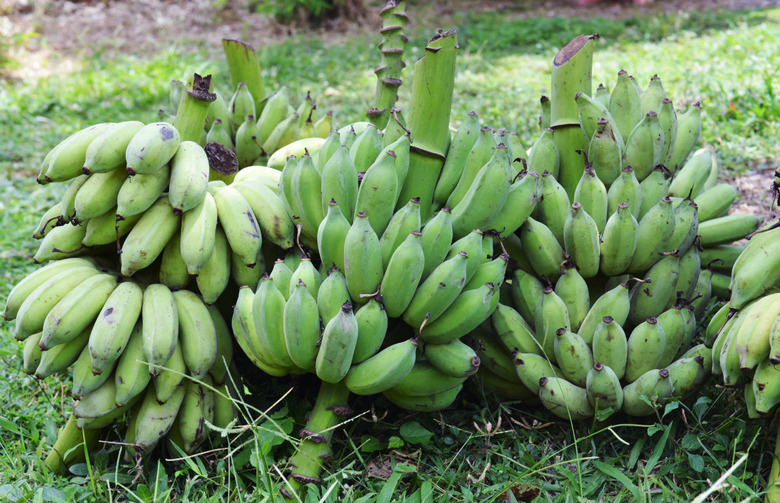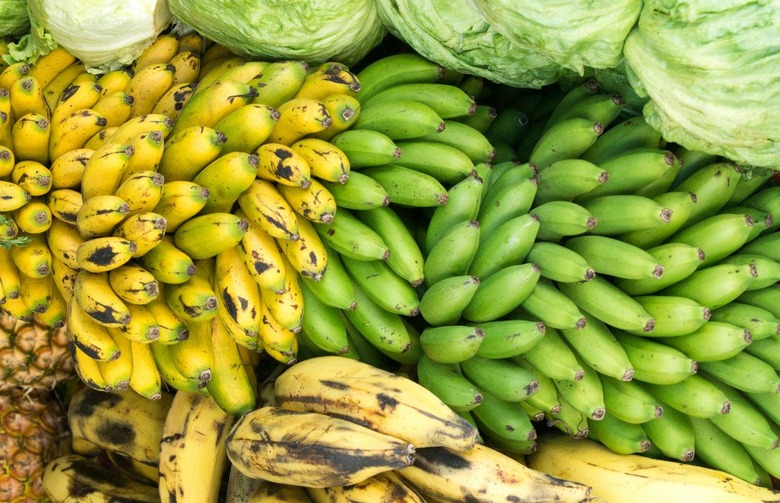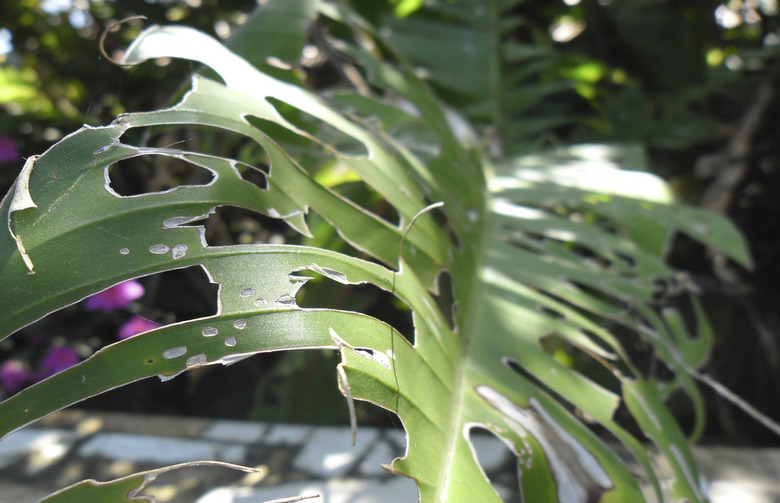The Surprising History Of The Banana Slideshow
A lot happened before that perfectly ripe yellow banana arrived at your local supermarket. Today, exploitation and disease continue to threaten the banana industry, but how exactly did the banana go from wild botanical berry to a staple in every kid's lunchbox? We have the answers here:
Banana: Origins
Bananas, which are considered botanical berries, are most likely native to Australia, but were first cultivated in Papua New Guinea. Journalist and food historian Dan Koeppel explains in his book, Banana: The Fate of the Fruit That Changed the World, that many scholars believe that bananas were actually Eve's apple in the Garden of Eden.
Banana: Cultivation
Banana: Banana Republics
When countries like the United States realized that the warmer climates of Central America could produce better-tasting fruit faster, big companies moved into nations like Honduras, trading roads and infrastructure for land. Cultivation of bananas quickly led to the rise of two dominant forces in the banana industry: Dole and United Fruit Company (i.e. Chiquita). These so-called banana republics, mostly in Central America, became entirely dependent on banana cultivation by the turn of the twentieth century.
Banana: Plantain vs. Banana
In reality, there is very little need to differentiate between these two fruits, because of the hundreds of varieties. However practically, plantains usually refer to the larger, greener, and less sweet banana species you see at the grocery store. In Latin cooking, plantains are used for tostones. The dark-skinned "dessert" plantains are used for maduros.
Banana: Disease
The Cavendish banana that we consume today was first cultivated on a large scale in 1903. But prior to 1950, that wasn't the banana you would buy in most grocery stores. The Gros Michel banana was the banana of choice for European and American buyers until Panama disease wiped out this banana cultivar. Today, the Cavendish banana, although once thought to be more resistant to disease, is facing a similar struggle, and recent years have seen a growing rate of reports from Malaysia and Sumatra of diseased-ravaged stocks.





